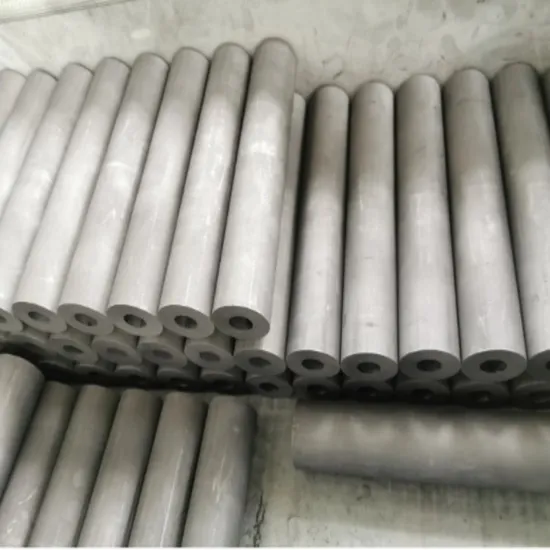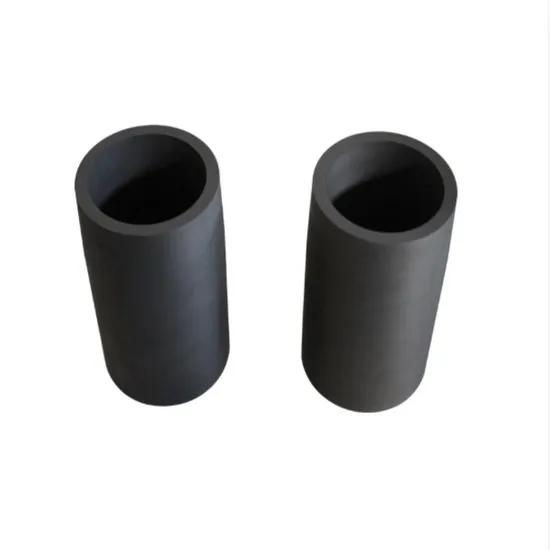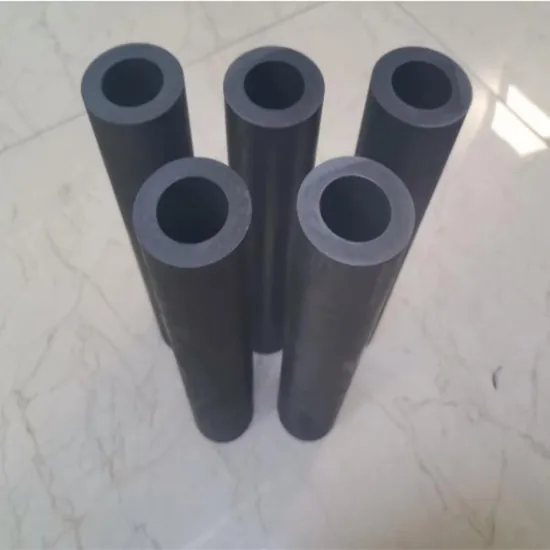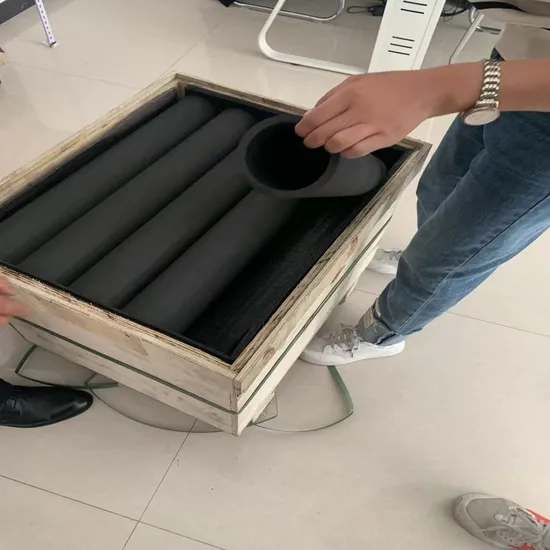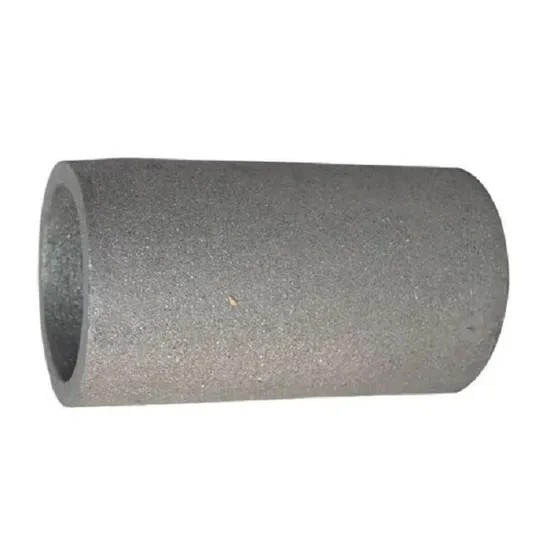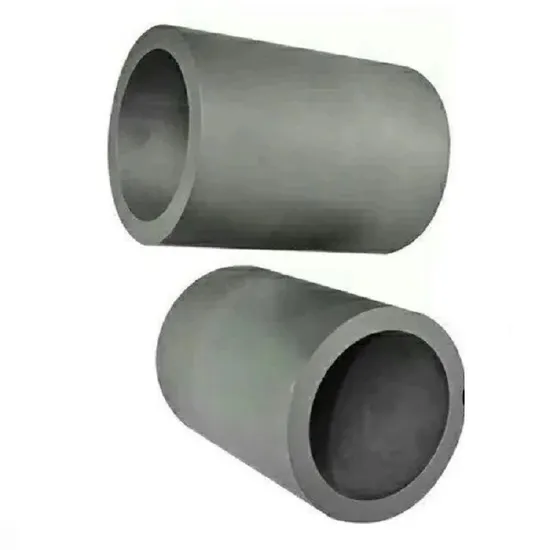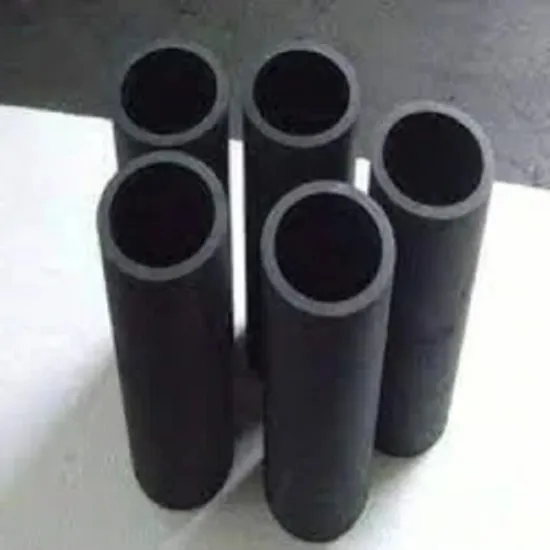- Englist


Graphite tubes are high-performance components made from high-purity graphite materials. They are known for their excellent thermal conductivity, high temperature resistance, and chemical stability, making them ideal for use in harsh environments. Graphite tubes can withstand extreme temperatures up to 3000°C in inert or vacuum atmospheres without melting or deforming. They also have excellent corrosion resistance against most acids, alkalis, and organic solvents. With low thermal expansion and good machinability, graphite tubes are commonly used in industries such as metallurgy, chemical processing, semiconductor manufacturing, and heat treatment. Their durability, precision, and high purity make them suitable for applications like heating elements, protective sheaths, and reaction vessels.
What Are Graphite Tubes Used For?
Graphite tubes are widely used across various industries due to their unique combination of physical and chemical properties. Made from high-purity graphite, these tubes are known for their exceptional resistance to high temperatures, chemical corrosion, and thermal shock. As a result, they play a critical role in environments where other materials would quickly fail.
One of the most common applications of graphite tubes is in the metallurgical industry, where they are used as heating elements, liners, and crucible components in high-temperature furnaces. Their ability to withstand temperatures above 3000°C in inert atmospheres makes them ideal for processing metals and alloys.
In the chemical industry, graphite tubes are used as protective casings for thermocouples, reaction chambers, and in heat exchangers. Their resistance to acids, alkalis, and organic solvents ensures long-term durability in corrosive environments.
Graphite tubes are also vital in the semiconductor and photovoltaic industries, where they serve as parts in crystal growing processes, such as in the production of silicon wafers. Their high purity and low outgassing rates are essential in cleanroom and vacuum environments.
Additionally, they are used in nuclear energy, analytical instruments, and laboratory equipment. Thanks to their machinability, graphite tubes can be customized to meet specific technical requirements, making them highly versatile for advanced technological applications.
Is Graphite A Petroleum Product?
Graphite is not directly a petroleum product, but some types of synthetic graphite are made using petroleum-based materials. Synthetic graphite is produced by heating petroleum coke and pitch (a byproduct of petroleum refining) to extremely high temperatures, usually above 2,500°C. This process reorganizes the carbon atoms into a crystalline graphite structure.
While natural graphite is mined from the earth, synthetic graphite relies on petroleum byproducts, making it indirectly connected to the oil industry. Synthetic graphite is commonly used in batteries, electrodes, and high-temperature applications due to its purity and consistency. So, while graphite itself isn’t a petroleum product, synthetic graphite can be derived from petroleum sources.






